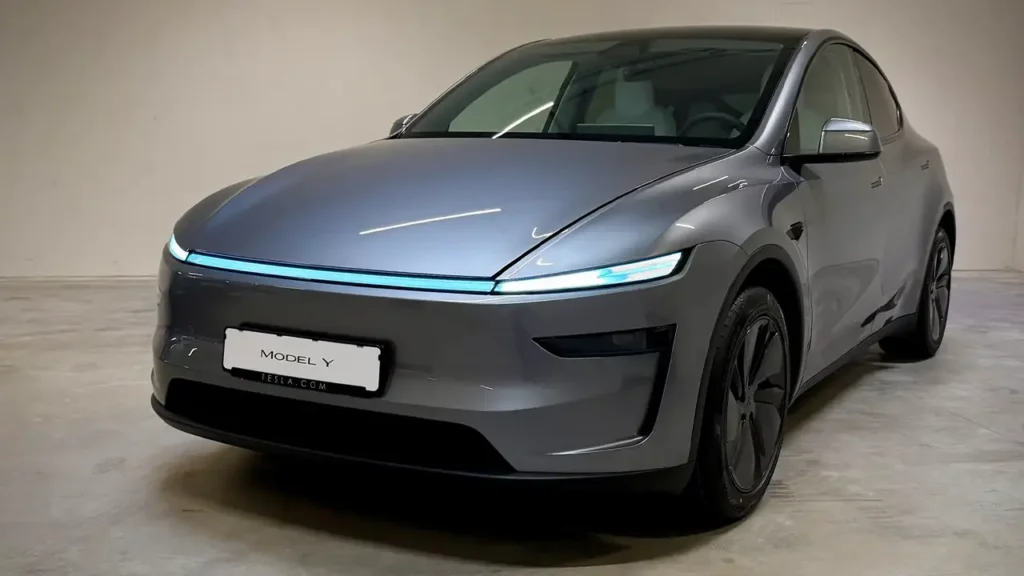- AFP
- 7 Hours ago
Tesla plans Bay Area ride service with human drivers amid permit restrictions
-

- Web Desk
- Jul 26, 2025

CALIFORNIA: Tesla is preparing to launch a limited ride service in the San Francisco Bay Area using human drivers, not autonomous vehicles, according to the California Public Utilities Commission (CPUC). The announcement on Friday contrasts with earlier media reports suggesting the electric vehicle maker was rolling out a robotaxi service.
A CPUC spokesperson clarified that Tesla does not hold the necessary permits to operate autonomous vehicles in the state and has not applied for them. Instead, the company intends to offer rides to “friends and family of employees” and “select members of the public” using traditional vehicles driven by humans. The programme will be conducted under a charter permit that allows human-driven ride services.
Tesla has not commented on the development.
During an earnings call earlier this week, Tesla CEO Elon Musk mentioned that the company was in the process of getting regulatory approval to introduce robotaxis in several markets, including the Bay Area. However, Ashok Elluswamy, head of Tesla’s Autopilot and self-driving division, clarified on the same call that the service would involve a person in the driver’s seat while Tesla awaits regulatory clearance.
Last month, Tesla began a small-scale robotaxi trial in Austin, Texas, using around a dozen Model Y SUVs. In those tests, the vehicles were controlled by Tesla’s autonomous-driving software, but human safety monitors were seated in the front passenger seat. That setup, however, differs from what is allowed in California.
In the Bay Area, Tesla is not permitted to test autonomous vehicles with the public, even with a human safety driver, the CPUC said. Any public transport must be done in vehicles that are fully under human control.
Stocks on guard for payrolls, Tesla tumbles as Trump-Musk bromance sours
While Tesla could potentially use its “Full Self-Driving (Supervised)” system for this new service—which automates many driving functions but requires driver oversight—it is not considered autonomous under California law. Because a human must remain alert and ready to take control, that system does not require an autonomous vehicle permit.
California’s regulatory framework requires companies to go through multiple steps before offering paid autonomous rides. These include permits from both the CPUC and the Department of Motor Vehicles (DMV). So far, Tesla only has DMV approval to test with a safety driver and has not sought additional permissions needed to operate fare-based or driverless services.
In contrast, Waymo, Google’s self-driving unit, spent nearly a decade logging millions of test miles and securing multiple permits before being cleared in 2023 to charge passengers for rides in fully driverless robotaxis in California.




